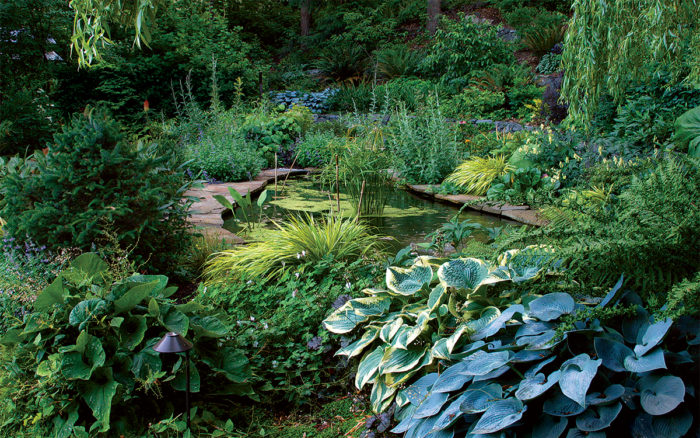
I came to gardening through strictly utilitarian desires: the desire to eat and the desire to nest. My first garden was an urban pea patch, which produced a surprisingly abundant amount of food for such a small space. Over the years, there were various patio gardens and a tiny backyard garden or two of places where I was renting. Even in those small spaces, I marveled at the number and variety of wildlife that came to share the garden with me: birds, butterflies, bees, beetles, spiders, and, yes, the occasional slug or two.
When my husband and I moved to a 3-acre property on Vashon Island in Washington State’s Puget Sound, we decided to create a garden that wasn’t just for us but one that took into consideration the needs of wildlife as well. We did this for a few different reasons. We have always been nature lovers, so we wanted to add extra interest to the garden by attracting fascinating creatures. Having wildlife in the garden actually saves time and money, too, because birds, frogs, and animals are among the best natural pest and disease controls. My husband and I are also concerned about the disappearance of wildlife habitats, so we wanted to do something about this, while also establishing a closer connection to nature.
When people think of a wildlife garden, they often think of a messy tangle of plants tossed together without much forethought, like a thicket of shrubs and trees that might only appear inviting to squirrels and spiders. But a wildlife garden doesn’t have to be messy or unwelcoming. It just requires striking the right balance between form and function. When it works, it meets the needs of everyone—human and nonhuman alike—and provides an oasis of beauty.
Why do I want to attract wildlife?Birds and other creatures eat bugs, providing natural pest control. Creatures of all kinds are a sign of a healthy ecosystem. A garden that’s a little less refined means lower maintenance. Increased pollination from bees and birds increases the yield of fruit and vegetables. |
Let the site determine the design
Before we began any major endeavors outside, we spent almost two years getting a feel for our property. We observed the wildlife, learned about microclimates, and studied our light conditions. During that time, we also collected information on the native plants and wildlife of the Pacific Northwest and took a class on landscaping for wildlife. We learned about the basic needs of all wildlife for water, food, and shelter and also about the many clever steps that gardeners can take to provide for these needs.
The first step is getting to know your site because it provides clues on how to proceed with a wildlife-garden design. Look for naturally occurring elements in the landscape, such as a wooded perimeter or an overgrown meadow, and then think about how to incorporate those elements into an overall design concept. In other words, don’t fight your site; use it as a jumping-off point.
Plant in layers to entice visitors
A layered planting not only looks good but also attracts more wildlife than a flat bed.
Ground cover layer: Creatures like to forage for bugs on this lower level, and a thicket of plants provides protection while they are searching for snacks.
Shrub layer in the middle ground: Birds tend to mingle and socialize throughout the foliage, which provides shelter from predators.
Canopy layer: This upper level is where birds build their nests in trees or large shrubs.
For example, we took advantage of a mucky wet spot that was once an old sheep pasture. One evening, we watched as a line of birds waited patiently to take an evening bath in one of our small birdbaths. Aside from being amused by their antics, we observed how the sky and clouds were beautifully reflected in the small pool of water. My husband said, “Imagine that scene multiplied a hundred times right here in front of us,” looking at the swampy depression just below our deck. We decided that, instead of fighting the natural conditions, we would use them as an asset. And from that, the idea for a wildlife pond was born.
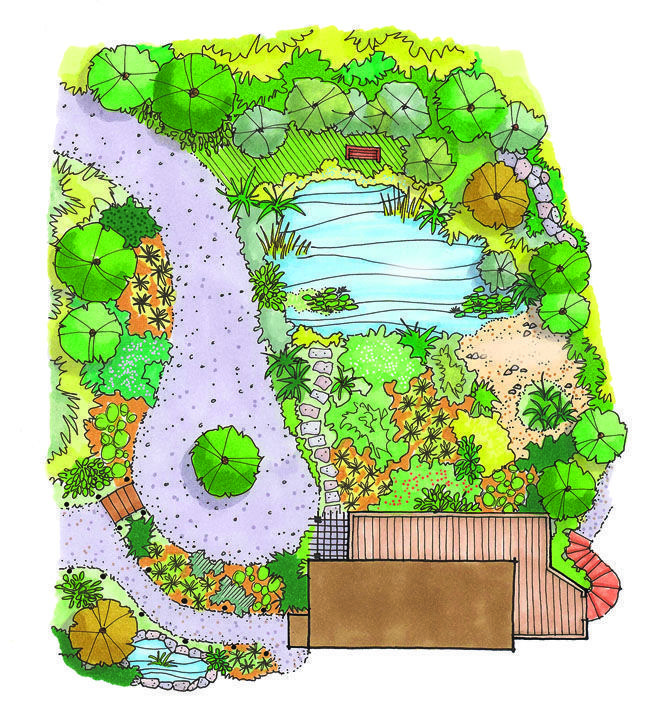
We put together a pond design with a variety of shallow edges at various depths to support the greatest variety of water plants and wildlife. It’s important that a pond is manageable from a maintenance point of view. We laid a foot of soil directly over the rubber liner and planted water plants directly into the soil. This eliminates the need to seasonally remove marginally hardy water plants or to
divide vigorous ones.
I’m pleased to say that the pond, now in its seventh year, has turned out better than we had imagined, covered with beautiful waterlilies and teeming with dragonflies, salamanders, frogs, and birds who use it as an essential source of water. With some careful observations of our site, we eventually came to realize that a pond was a perfect fit for our landscape. It turned out to be a hit with the critters—and with us.
Explore this garden in a video |
Layers please your eyes and the birds
Many elements of landscape design that are pleasing to the human eye or make sense from a purely practical point of view also happen to be beneficial to wildlife. Planting in layers—for example, providing a canopy or tree layer, a shrub layer, and a ground-cover layer—not only provides the greatest range of sheltering, feeding, and nesting sites for birds and other creatures but also is calming to look at. We naturally tend to look from the ground to the sky and back again. Planting in layers encourages that line of sight. Also remember the old saying, “Nature abhors a void.” A layered-planting approach is one way to create a cohesive landscape and avoid gaps that creatures tend to bypass.
Birds and other wildlife have their preferred layers for foraging, nesting, roosting, and seeking shelter. Towhees and song sparrows like to stick to the shrub layer but are also frequently found foraging in leaf litter on the ground, where they find grubs and other crawling insects for food. Kinglets and warblers tend to hang out and search for flying insects in the canopy layer. One thing to keep in mind, however, is that wildlife need to feel safe in their surroundings, so they tend to steer clear of large, open spaces.
You don’t need a lot of land or a huge garden to accomplish the layering principle. With all the great plant selections out there, you can create layers in even the smallest garden with the appropriate plants and placement. These layers can offer beauty, shade, and privacy for humans and provide vital nesting sites, passageways, and foraging opportunities for wildlife.
Less tidiness means more wildlife
Most of us like to tidy up fall perennial beds, pick up leaf litter, and deadhead spent flowers or seed heads. But all of these items can offer sources of food and shelter for wildlife through the winter months. To avoid a messy look, I select just a few areas for cleanup in the fall (usually the most visible ones) and take a lighter hand to other areas or skip some altogether until late winter or early spring. By then, other sources of food are available to our wildlife friends.
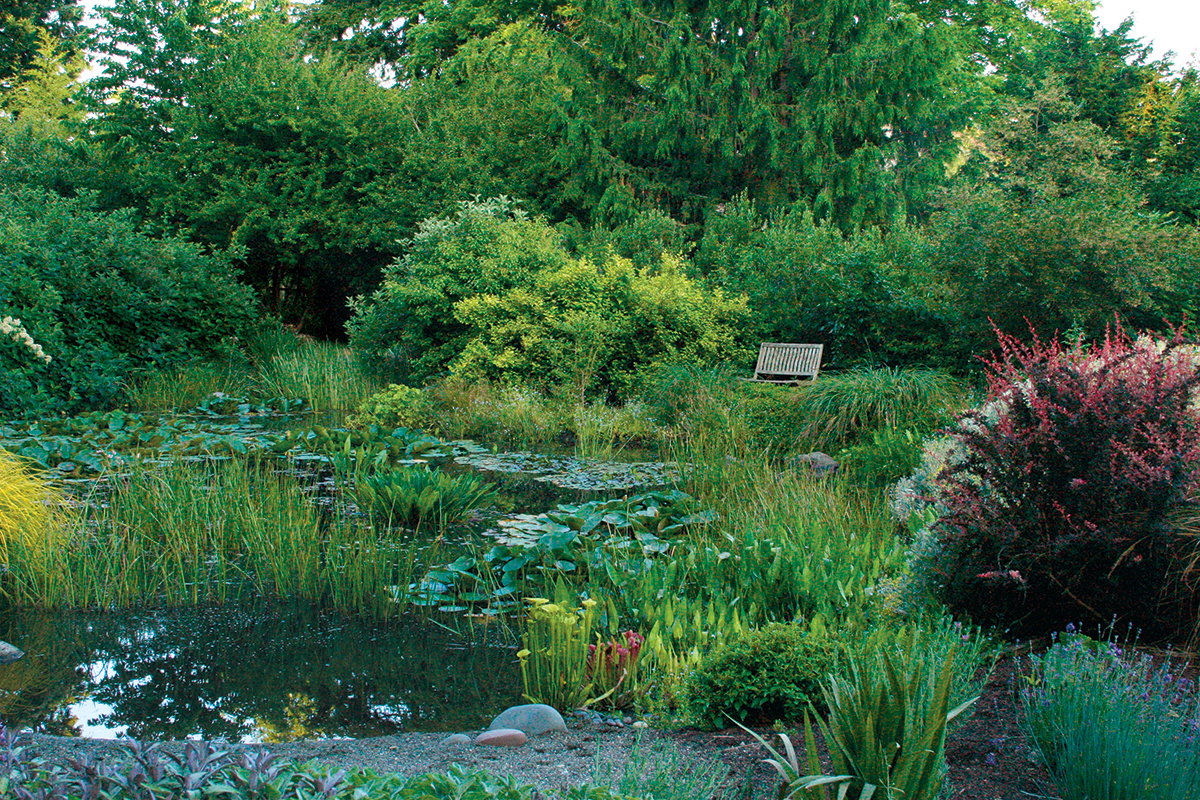
I also experiment with keeping some beds orderly and leaving some less manicured, thus providing shelter and foraging opportunities. The refined beds are usually filled with plants that have neat habits; they are mulched with rich, organic compost for a finished look. The beds with looser structure have plants with less of a defined shape, and these beds are mulched with materials such as pine needles or maple leaves. This combination of bed types is pleasing to look at because of its diversity of shapes and textures. Once there, birds and other creatures wander around the entire garden, eating tons of insects and eliminating the need for other methods of pest control.
Tip: Create a place to enjoy the show
I credit my husband with taking me to the next level of wildlife gardening. He’s the one who bought the benches and carefully placed them so that I would take time to actually sit and enjoy the garden and its many inhabitants. After I’ve been sitting on a bench for five minutes, the creatures forget that I am there, making me feel like a special guest at their raucous party.
Resisting the urge for tidiness at all times also means learning to leave well enough alone. When we were planning to install a pond, many books recommended constructing a sand or gravel beach to provide wildlife easy access to the water. We decided to go one step further and lay down some beautiful tumbled river rocks on top of the sand. In the six years that those rocks were in place, we only saw one single creature (a bee) on the beach, but those rocks were so pretty that it just didn’t register as a problem. Less than a day after removing the rocks, I saw six newborn ducklings rolling around in the warm sand.
We’ve learned a lot of lessons over the years of creating the perfect wildlife garden. But the best lesson has been the realization that there is no such thing as perfect. With a little planning, observation, and letting go of some conventional gardening practices, you—and every creature within a 30-mile radius—can have the garden of your dreams.
—Sara Van Fleet is a passionate gardener and wildlife enthusiast in Vashon, Washington.
Photos: Danielle Sherry. Site plan: Martha Garstang Hill
Fine Gardening Recommended Products

Spear & Jackson 4930FZ Razorsharp Telescopic Tree Pruner
Fine Gardening receives a commission for items purchased through links on this site, including Amazon Associates and other affiliate advertising programs.

SHOWA Atlas 370B Nitrile Palm Coating Gloves, Black, Medium (Pack of 12 Pairs)
Fine Gardening receives a commission for items purchased through links on this site, including Amazon Associates and other affiliate advertising programs.

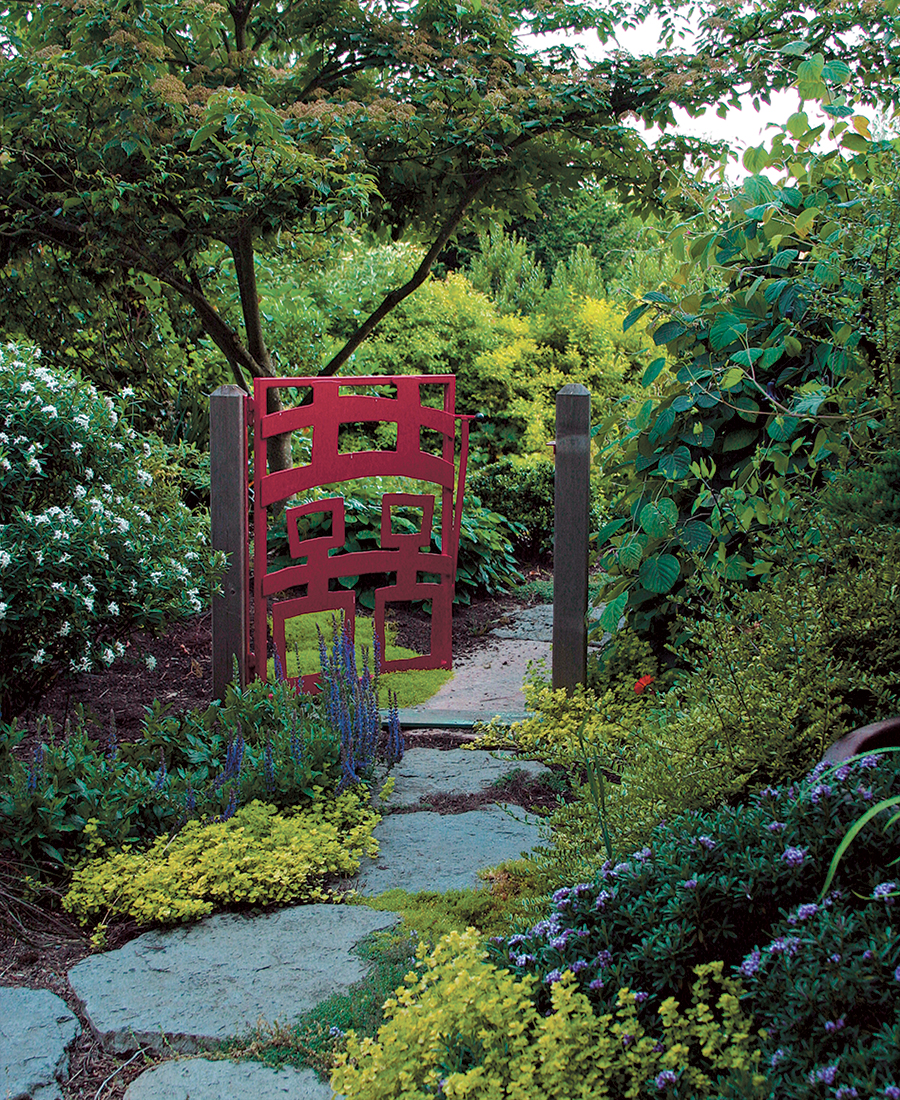
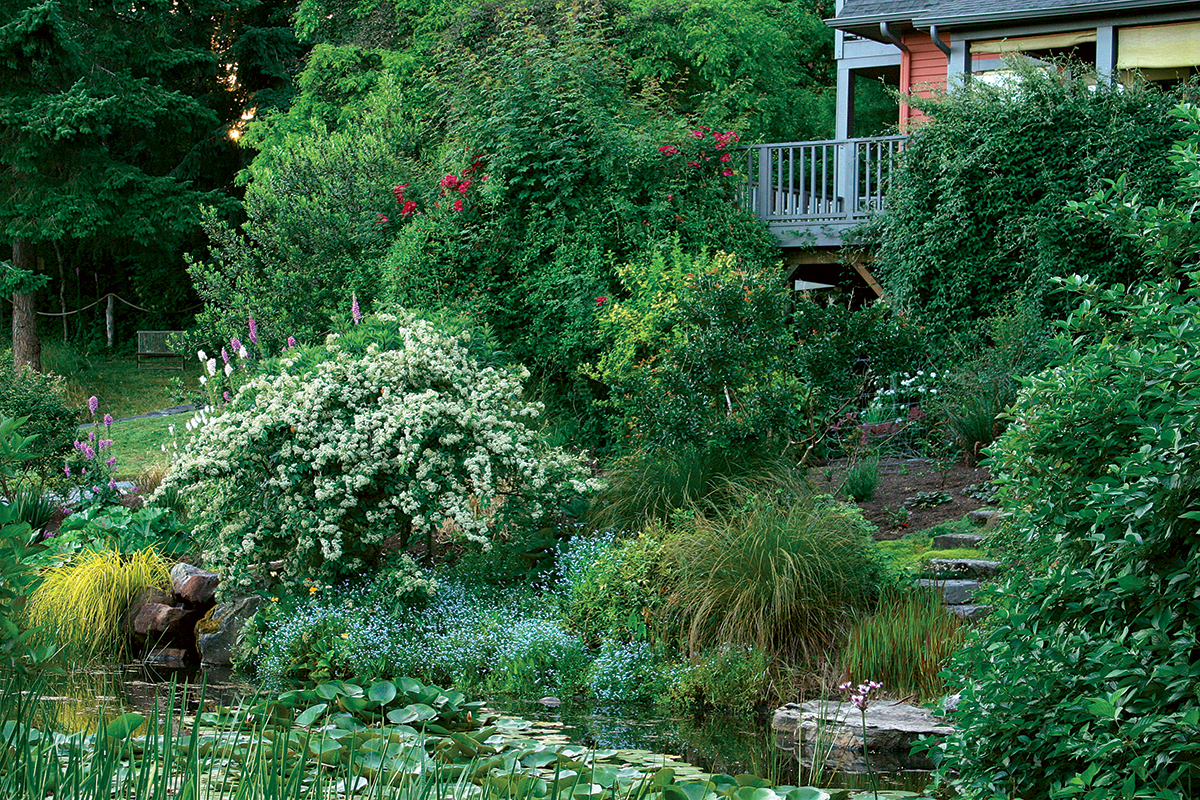




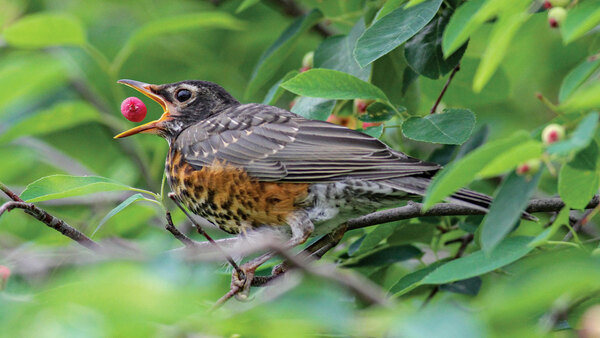













Comments
Log in or create an account to post a comment.
Sign up Log in